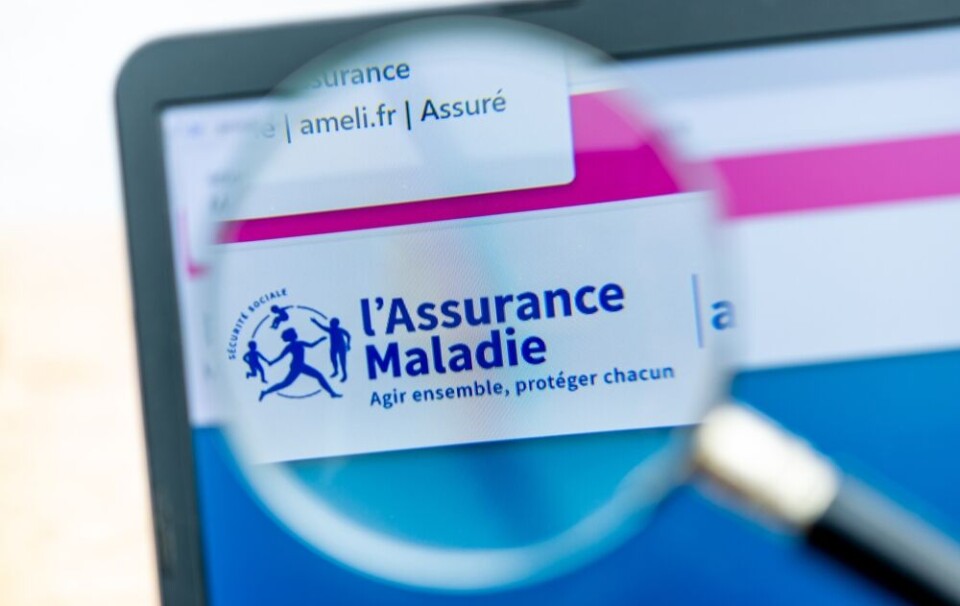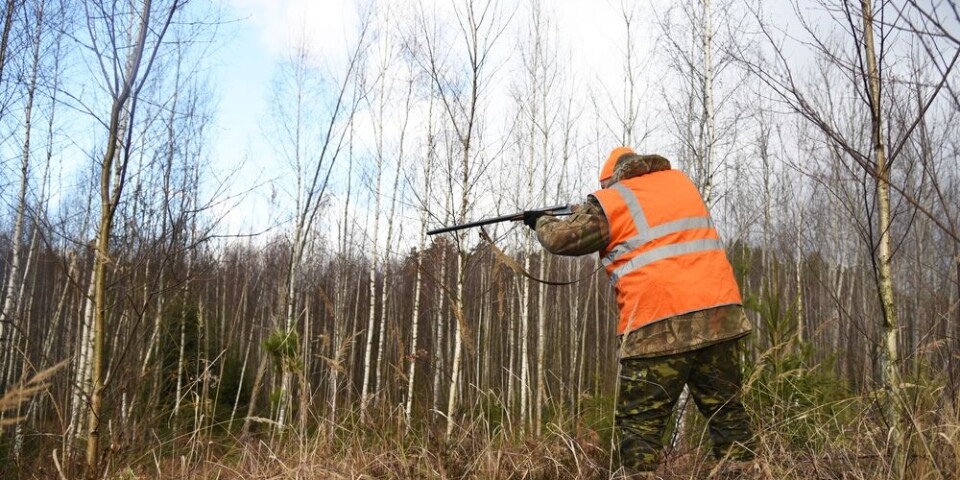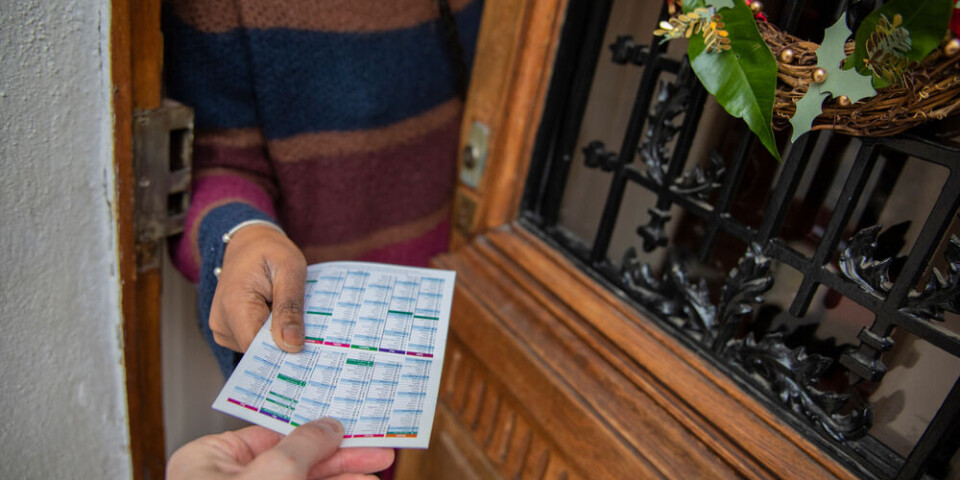-
Storm alert: winds up to 130 km/h to hit France
Heavy rain and high waves will touch the north and west of the country
-
Mushroom contamination makes French couple’s home a ‘health risk’
The issue could cost the couple €50,000 to fix
-
Cheaper car repairs in France as court reduces manufacturer monopoly on spare parts
Change in ruling means garages now able to source parts from shops that have opened all over the country
Over-65s relearn Code de la Route
Older drivers are voluntarily returning to driving school to relearn the Code de la Route and about 4,000 in Franche-Comté alone have taken classes to keep up to date.

With classes organised in towns from the east of France to the west, south-west and Ile-de-France, the move is being overseen by mairies with the Centre Communal d’Action Sociale (CCAS) often playing a key role.
The CCAS and AGIR Solidarité Franche-Comté in Pontarlier has been running over-65 classes for a few years and Françoise Bourliaud, directrice of Pontarlier CCAS, said the over-65s always learned something new.
“They have found it vital as some were rusty on rules and did not know some new signs.
“Roadside signs such as for right of way and how to use roundabouts and road junctions were areas where they were aware of problems so this has been necessary for them.”
The Pontarlier course is typical of those being run across the country and has four two-hour sessions costing €15 with the CCAS covering other costs and offering a room.
Classes are followed by a quiz-type test but there is no risk of drivers losing their licence if they fail as France is, with Germany and Poland, one of the few EU countries where licences have no age limit.
In Portugal and Italy drivers have to pass a medical from the age of 50. In Ireland, drivers apply for a three year licence from the age of 67 and must pass a medical from 70.
In the UK drivers must renew licences at age 70 and again every three years.
In France, 18% of drivers are over-65 but this age group accounts for just 10% of road accident victims – while the 18-24s are 8% of the population and 17% of road deaths.
However, over-75s make up 14% of road deaths but are just 9% of the population and are more vulnerable to shock and the effects of injuries. Junctions are a blackspot for older drivers as their reflexes are less sharp for joining flowing traffic.
This led Gilles Renard, head of the association Signal Senior to design an ‘S’ sticker that older drivers can use to alert other road users and prevent problems, frayed tempers and accidents caused by frustration.
Mr Renard said about 20,000 stickers were in use. They had a double benefit of reminding other drivers about consideration and helping less confident drivers – often women driving again after a husband’s death – to take to the roads again.
Young drivers were often most aware as many had just taken off the ‘A’ stickers they used while gaining confidence.
























